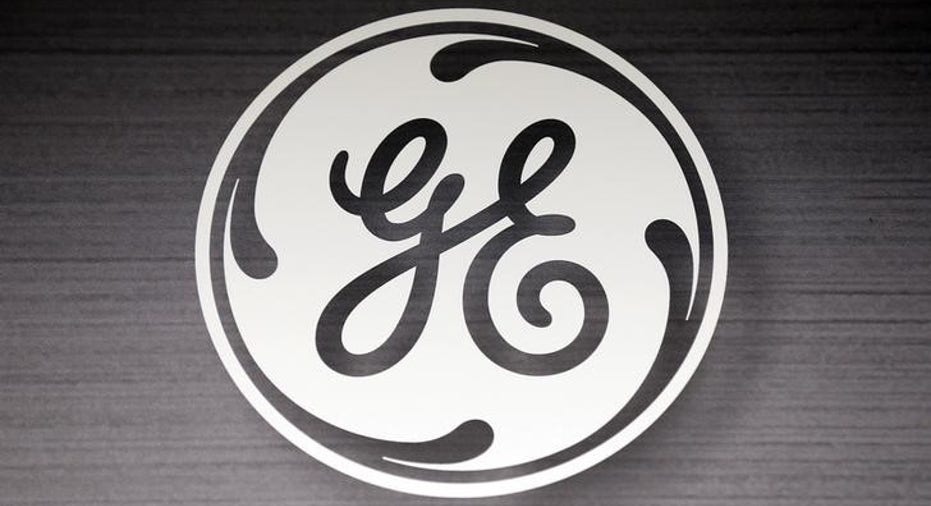General Electric: The Dow's worst performing stock of 2017

Overall, 2017, was a great year for stocks, with the major US stock indexes enjoying hefty advances and setting numerous record high finishes. However, it wasn’t all upside for everyone.
General Electric (NYSE:GE) was the worst performer of the Dow component stocks in 2017, with the company’s shares plunging from above $31 per share in January, down to $17.45 on Dec. 29.
So, what led GE to this miserable performance?
General Electric’s shares have been trending lower since the end of 2016, but the sell-off really accelerated when the company released its third quarter 2017 results, which were a huge miss versus analyst expectations.
Even before the disastrous results were released, it was apparent that the company wasn’t doing great, with shrinking cash flow, and an uncertain future for the dividend. There was even some major leadership changes, with John Flannery taking over from Jeff Immelt to run the company while the company’s CFO also retired.
When discussing their third quarter results, the company’s leadership noted that a strategic review was still underway and that the results of that review would be announced during its investors’ day, on Nov. 12. But, during its investors day – when GE announced some findings from its strategic review and unveiled its path for going forward, the company failed at instilling confidence that it could “right the ship,” with the company’s large dividend cut contributing to the steep share sell-off.
The company also announced that it would focus its business, and become a more ‘simple’ company – but didn’t get into the specifics, noting that this was an ongoing process. Since GE’s investor day, more has been revealed, including layoffs and some finer details of the restructuring – and shares have started to recover, but they are still down significantly this year.
Many are still digesting the fact that the company cut its quarterly dividend in half to 12 cents per share. Shortly after his appointment, Flannery told investors that the dividend was safe. At GE’s investors’ day, Flannery noted that cutting the dividend was a hard decision – but said it had to be done after there was a major change in their cash flow, adding that the company had been paying a dividend in excess of free cash flow for years. For 2018, they are targeting the dividend to require 60-70% free cash flow.
Beyond the dividend cut, GE has implemented other cash saving measures Hopefully, the company’s changes will start to have a tangible impact on the company’s finances – and in turn, maybe investors will warm up to GE.
For Flannery, he said the milestones that he will look for to measure the success at turning GE include growth in earnings, and growth in cash flow – which is the ultimate litmus test. “At the end of the day cash lets you grow, invest.” When questioned about the stock price on investors’ day, Flannery said, “I don’t stand around thinking about the stock price” I am not motivated by that.
Another key to GE’s performance will be to see how the company evolves over the coming years. While asset sales will be targeted, the specifics need to be revealed.
According to GE’s leaders, “The future of GE will be to power the world, transport people safely, and save lives.”



















